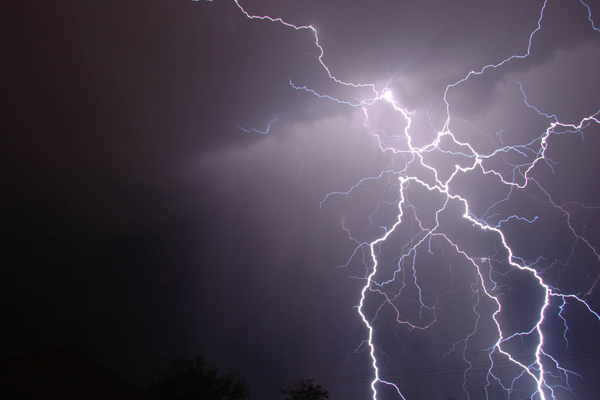The Perfect Solution for Storing Barograph Charts

2 minute read
Imagine holding a physical record of the atmosphere's changing patterns, a series of delicate barograph charts, each one telling their story of past storms, high-pressure sunny days, and ever-changing weather conditions. A barograph, a type of recording barometer, continuously tracks atmospheric pressure, and traces these readings onto a paper chart, creating a visual history of the weather. For weather enthusiasts, these charts are more than just paper; they're a historical record of nature's pulse. Without proper storage, they can easily become lost, damaged, or disorganised. This blog will explore why a dedicated storage solution is essential for keeping your barograph charts protected, organised, and ready for reference whenever you need them.
The Problem: What Happens to Completed Barograph Charts?
Many weather watchers and even professionals will use barographs for monitoring atmospheric pressure over time but what happens once the barograph charts are filled with valuable weather data? Regular chart changes will need to take place and the data collected from the pressure readings will need to be stored away in order to refer back to them in the future. Barograph charts can get misplaced, lay loose in a big drawer or desk mixed with other documents, and even get damaged. Chronological order is also critical for long-term analysis, but without proper storage of barograph charts, it is easy to lose track of records.
The Solution: An Archive Box Designed for Efficiency
Having an archive box ensures all used barograph charts containing data can all be stored in one place. Our archive box is designed to fit barograph charts perfectly, avoiding the need for makeshift storage solutions keeping your records safe from dust, creasing, or getting misplaced. When purchasing barograph charts from Metcheck, the new, un-used charts will come in their very own box, so why not have a separate box ready to store the used charts? Many users rely on archiving to manage their charts efficiently—storing unused charts in the original box they come in while transferring recorded charts to a new empty archive box. This is especially useful for those whose barographs don’t have a built-in storage drawer, ensuring that all charts remain neatly preserved and easy to reference past weather trends for research or comparison to previous months/years.
Our premium cardboard archive box is sturdy and designed for long-term protection and has space for you to hand write the archive year on the outside of the box, allowing you to easily find the data you need from a specific time period. In scientific communities or weather clubs for example, members often share data with colleagues. An extra archive box would allow for easy portability and convenience to transport charts between locations such as for presentations, analysis, or historical comparisons.
Metcheck offers a range of barograph charts to suit a variety of barographs. Why not add an archive box with your charts on your next order?
Also in Metcheck News

Spotting the Signs of Early Autumn Weather
The UK shows the first signs of autumn. Cooler nights and breezier days signal the seasonal shift. Learn how to spot and track these changes.

Lightning Detector Guide for Outdoor Safety
The StrikeAlert Personal Lightning Detector spots lightning up to 40 miles away, giving clear alerts and storm direction to keep you safe outdoors.

Five UK Weather Myths That Might Be True
From red skies to quiet bees, we’re unpacking five classic UK weather myths, some true, some not quite. Which ones can you trust?
